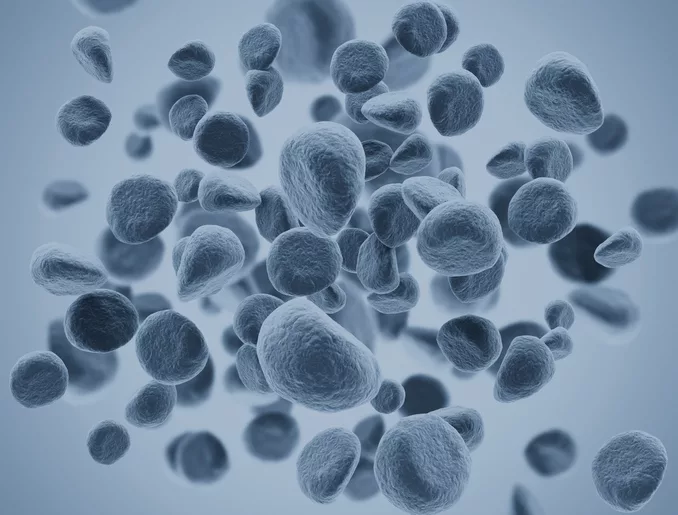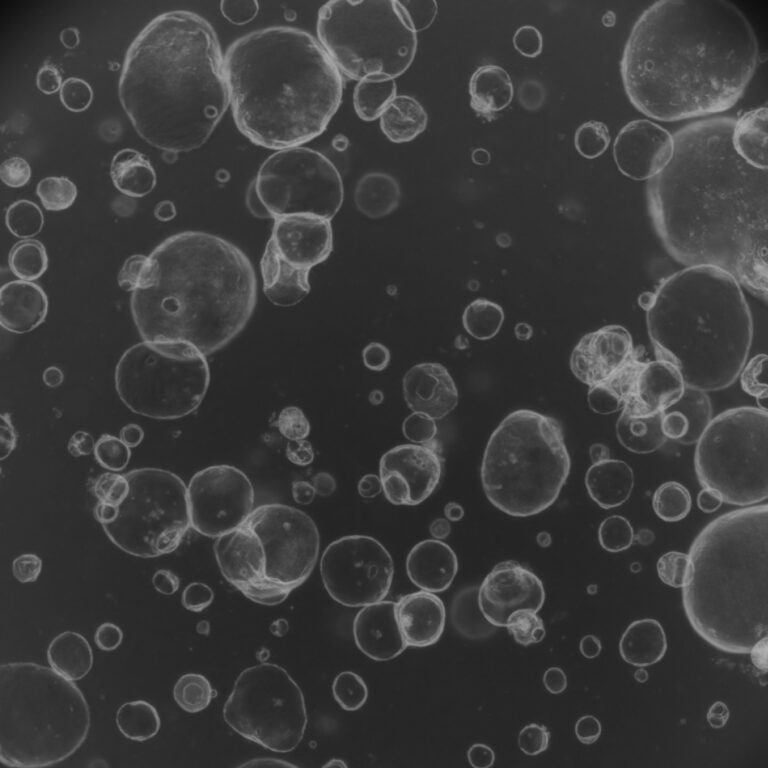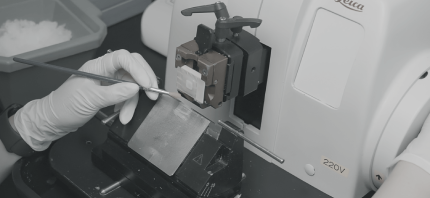A mouse system called “inducible base editing (iBE)” was designed for investigating the functional impact of single-nucleotide variants (SNVs) in cancer. The iBE mouse carries an optimized cytosine base editor gene controlled by a doxycycline-dependent system, enabling precise and regulated SNV editing in various tissues in vivo. It can efficiently engineer SNVs in organoids derived from the intestine, lung, and pancreas. The temporal control of base editor activity allows for sequential genome editing both ex-vivo and in-vivo, making it a valuable tool for creating preclinical cancer models directly in target tissues.
Keywords: Organoid





